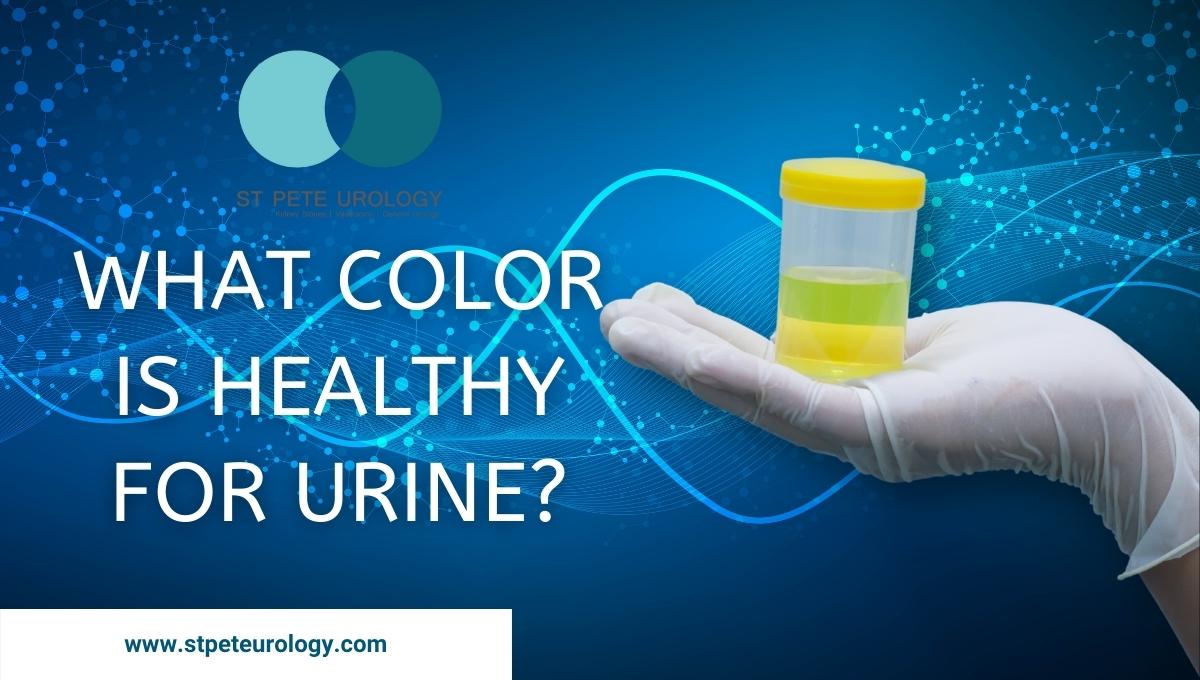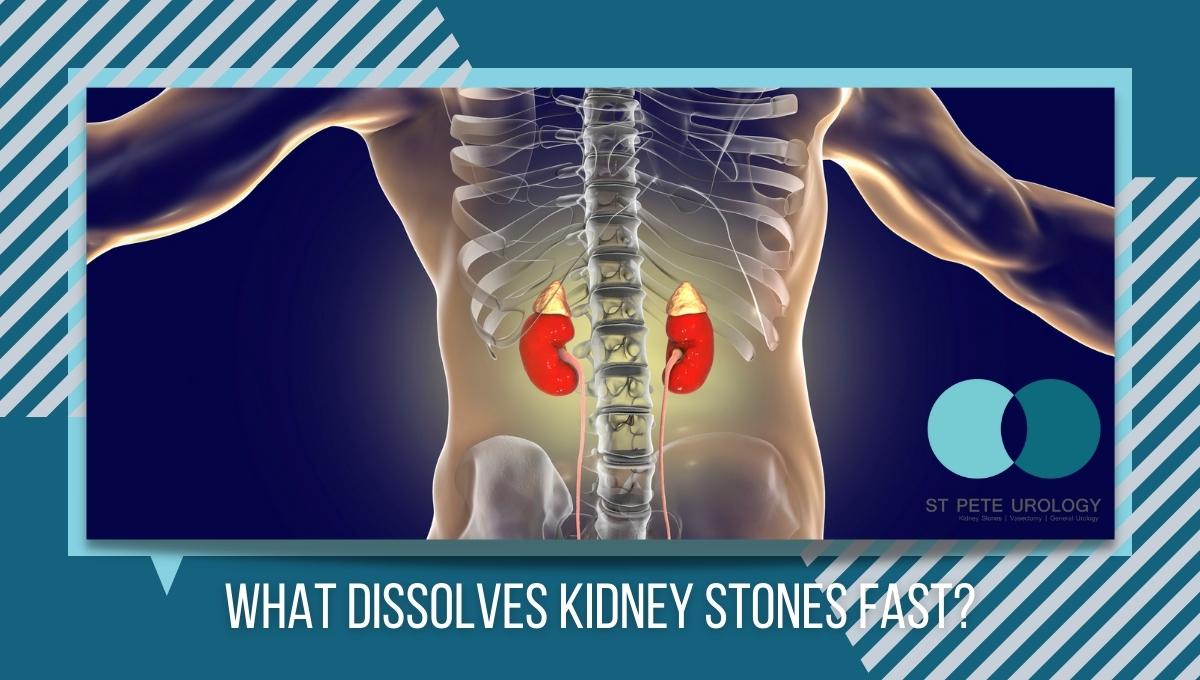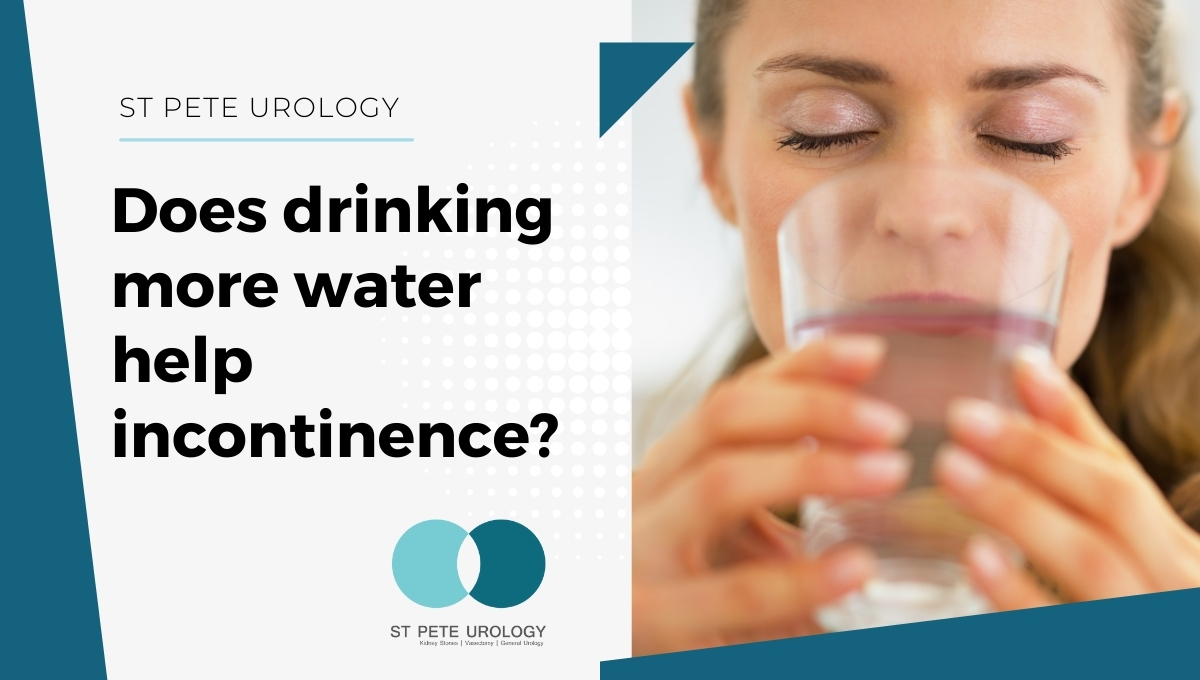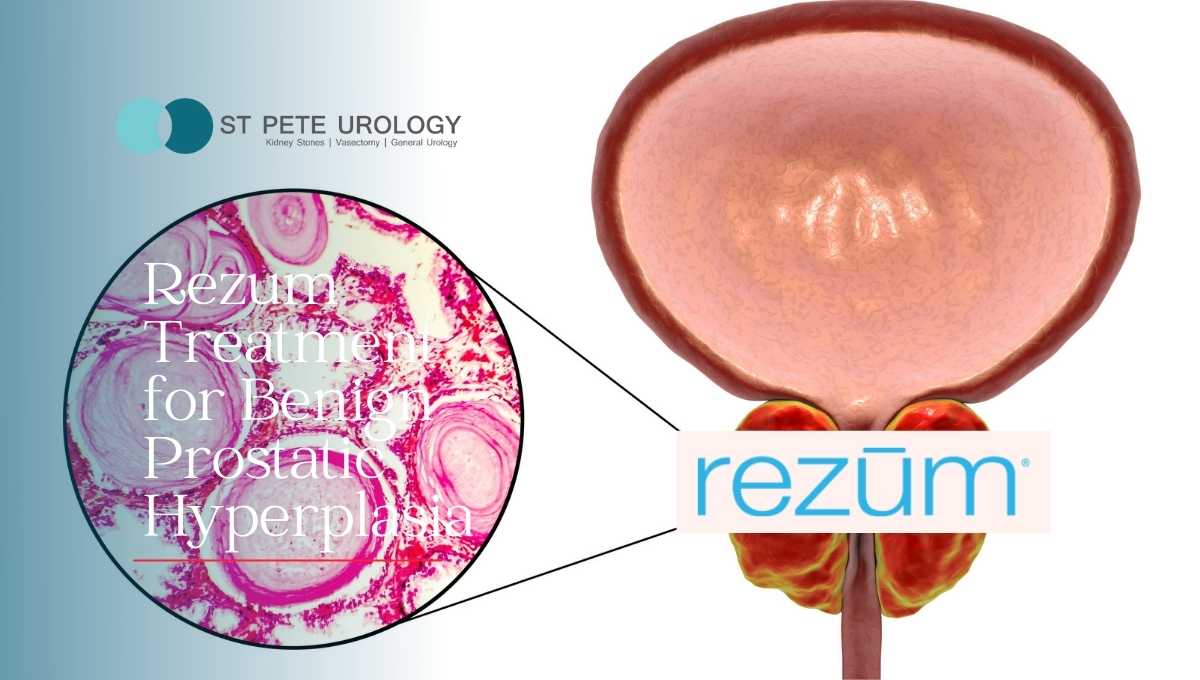

What is the color of healthy urine?
Normal urine is pale yellow to deep amber. The color is due to the pigment urochrome that is a byproduct of the breakdown of hemoglobin. So if your urine is any color ranging from yellow to gold, then it is healthy. Also, if your urine color is a pale shade of yellow or clear, then it is a good sign for your health.
Of course, when your urine is bright yellow or a neon liquid, you may think it isn’t normal. But that is still the color of harmless urine and it may only show you’re taking a lot of vitamins or supplements—you may cut down on them if necessary.
Dark yellow urine is normal, but may indicate you need to drink more water. Actually, a darker shade of yellow implies low urine volume, which tends to come from dehydration, strenuous exercise, working for several hours in a hot place, or not drinking enough fluids.
Besides, a dark yellow color may mean that your urine is more concentrated and needs some diluting through increased fluid intake. But a continuous low volume of urine that has a darker shade of yellow, amber or is honey-colored is a major risk of kidney stones and you’ll need to correct it quickly by drinking more water to dilute and make it clearer.
Clear or somewhat transparent urine is healthy, too. It often means that you’re drinking a lot of water. Increased water intake dilutes the yellow pigment found in urine, so that the more you drink the clearer your urine becomes.
A little reduction of your fluid intake will restore the yellow color of your urine, especially if it is persistently clear or transparent. Reducing your fluid intake also helps to minimize the number of trips you make to the bathroom.
What are the colors of unhealthy urine?
- Brown urine
Brown urine color does not always mean you’re unhealthy. The color may occur when you consume large quantities of fava beans, aloe or rhubarb. It may also be due to severe dehydration, which you can correct by drinking plenty of water. Plus, it can be due to medications like metronidazole (Flagyl), chloroquine, primaquine, nitrofurantoin, methocarbamol, and laxatives such as senna or cascara.
But brown urine may equally imply you have medical conditions such as a kidney disorder or a liver condition. Some urinary tract infections may also turn urine brown. Therefore, if you have brown urine that doesn’t go away with increased fluid intake, visit your doctor to find out the cause.
- Red, pink or bloody urine
Your urine may be red or pink if you’ve recently eaten beets, rhubarb or blueberries; or if you have engaged in a strenuous exercise. Medications such as rifampin, phenazopyridine, and laxatives like senna can also cause a red color.
But red color may also mean blood in urine (hematuria), which is a common indicator of urinary tract infections, enlarged prostate, cancerous or non-cancerous tumor, kidney cyst, bladder or kidney stones. Likewise, a deep red to brown color may indicate porphyria—a rare, inherited disorder of the red blood cells.
Visit your doctor if you experience blood in your urine, particularly if you have no recent history of medication or foods that can turn your urine red.
- Orange urine
Orange color of urine may mean you’re eating large quantities of carrots, carrot juice or food with an orange dye. It may also imply you took medications such as phenazopyridine, sulfasalazine, isoniazid, riboflavin, a chemotherapy drug, or a laxative.
But your urine may also be orange because you are dehydrated and need water, or due to a liver or bile duct condition. If the orange color in your urine lasts a few days, you need to see your urologist.
- Blue or green urine
It is quite rare to have urine that is blue or green in color. But you can have blue urine due to a food dye or medications such as the pain reliever indomethacin, the anti-acid cimetidine, the anesthetic propofol, or the antidepressant amitriptyline.
Children with a rare genetic condition called familial benign hypercalcemia (blue diaper syndrome) have blue urine. Your urine may be green due to asparagus or because of infection by the bacteria Pseudomonas. Get in touch with your doctor if a blue or green urine color occurs for more than a day.
- Purple urine
It is very unusual to have purple urine. But one of the conditions known to cause purple urine color is the purple bag urine syndrome, which occurs due to the use of a urinary catheter by a patient who also has a co-existing urinary tract infection.
- Cloudy or foamy urine
You can have foam in your urine if you love steak and eat a lot of red meat or are on a ketogenic diet (high fat and low carbohydrate diet). But cloudy urine may also indicate dehydration or excess mineral intake. Disorders like urinary tract infection, Chron’s disease, kidney disease, or diverticulitis also cause cloudy urine.
When should you see your doctor?
Changes in the color of your urine may be temporary and harmless, particularly due to food, vitamins or medication. But when the changes persist, you should be concerned.
You should see your doctor anytime you have blood in your urine as this usually indicates urinary tract infections, kidney stones or other condition. Seeing your doctor is even more urgent if the blood is accompanied by pain—although a painless bleeding may be due to a more serious condition such as cancer.
You should see a doctor if your urine is green, brown or orange and comes with a back pain, side pain, fever, burning sensation with urination, vomiting, discharge or thirst.
Remember, green urine may be due to bacterial infection, orange urine may indicate liver problem, and brown urine may signal kidney or liver disorder. Visiting your doctor will help you know what is causing the change. For more information on various urologic disorders, visit the site “St Pete Urology.”


















